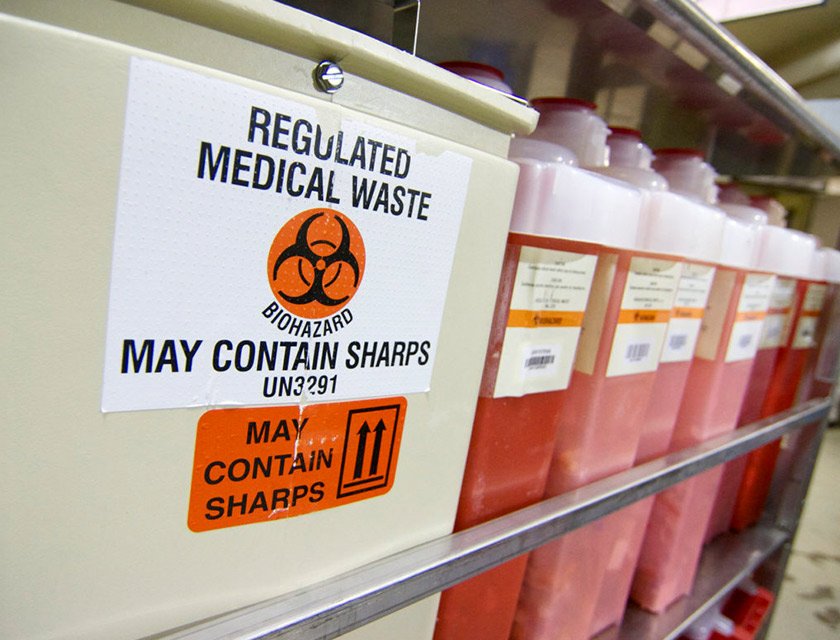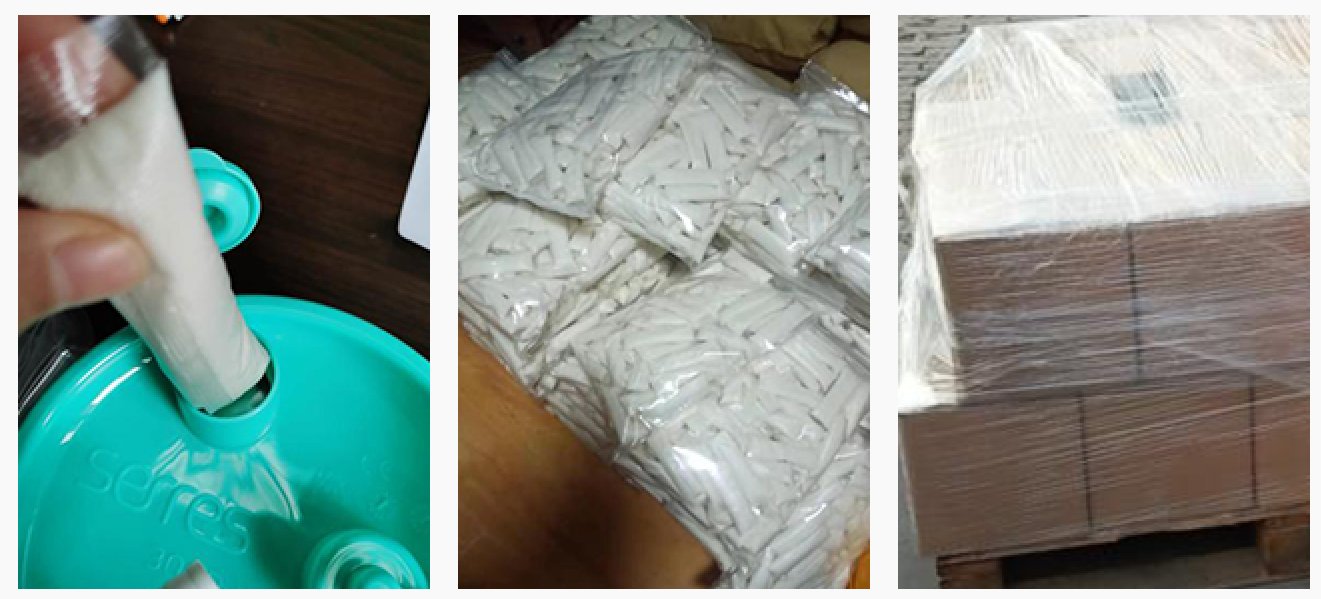Get Free Sample
There are many types of medical waste liquid[1], which can be roughly divided into the following categories according to their sources and properties:

Chemical waste liquid: various chemical reagents, solutions and cleaning fluids used in the laboratory, such as acid and alkali solutions, organic solvents, etc.
Biological waste liquid: waste liquid containing pathogenic microorganisms or biological samples, such as blood, urine, culture medium, etc.
Blood and body fluids: including blood, plasma, urine, etc. generated during surgery.
Rinsing and lavage fluids: various flushing and lavage fluids used in surgery and medical operations, such as saline, antibacterial solutions, etc.
Expired or unused drug solutions: including antibiotics, chemotherapy drugs, anesthetics, etc.
Pharmaceutical waste liquid: various waste liquids generated in the pharmaceutical process, such as cleaning solvents, reaction residues, etc.
Imaging examination waste liquid: such as X-ray developer, lubricant after ultrasonic examination, etc.
Test waste liquid: various reagents and solutions used in the test and diagnosis process.
Disinfectant waste liquid: waste liquid containing disinfectants generated during the disinfection of medical devices and the environment, such as chlorine-containing disinfectants, hydrogen peroxide solutions, etc.
Cleaning waste liquid: various cleaning liquids used to clean surgical instruments, medical equipment and laboratory utensils, such as enzyme wash solutions, detergent solutions, etc.
Radioactive isotope waste liquid: waste liquid generated in radiotherapy, nuclear medicine and radioactive diagnosis, containing radioactive isotopes.
Due to their different compositions and properties, these medical waste liquids also need to be treated differently to ensure safety for the environment and public health.
Chemical Treatment: This method involves adding chemical agents to convert harmful substances in the waste liquid into harmless or less toxic substances. For example, oxidation-reduction reactions or neutralization reactions can transform harmful chemical components in the waste liquid into harmless substances.
Thermal Treatment: This includes incineration and high-temperature steam sterilization. Incineration can decompose organic waste liquids into harmless gases and ash at high temperatures, while high-temperature steam sterilization destroys pathogens and harmful compounds through heating.
Biological Treatment: Microorganisms are used to degrade organic matter in the waste liquid. This method is typically used for treating low-concentration organic waste liquids.
Physical Treatment: This includes methods such as filtration, evaporation, and centrifugation. Filtration removes solid suspended particles, evaporation concentrates the waste liquid, and centrifugation separates different components of the waste liquid through high-speed rotation.
Membrane Technology: Semi-permeable membranes are used to separate different components in the waste liquid, including techniques such as reverse osmosis, electrodialysis, and ultrafiltration.
Environmental Pollution: Untreated or improperly treated medical waste liquids can enter the natural environment, polluting water sources, soil, and the atmosphere. The harmful chemicals and pathogens in the waste liquid can cause severe ecological damage.
Public Health Threats: Medical waste liquids contain numerous pathogenic microorganisms and harmful chemicals. If not properly treated, they can spread diseases and pose a threat to public health.
Resource Waste: Some components of medical waste liquids can be recycled and reused. Ineffective treatment can lead to a waste of these resources.
Legal Risks: Many countries and regions have strict legal regulations regarding the treatment of medical waste liquids. Improper treatment can result in legal action and financial penalties.
SOCO® is committed to the research and development and production of high-performance polymers. It has advanced production equipment and technical teams and focuses on providing high-quality polymer products for waste treatment in the medical industry. Our production process strictly follows international standards to ensure that each batch of products has excellent quality and stability.

SOCO® have rich experience and expertise in the field of medical waste treatment. SOCO®'s medical waste treatment polymers can efficiently and safely treat various types of medical waste to ensure environmental safety and public health. Our products have been widely used and recognized in many medical institutions.
SOCO®'s polymer products not only perform well in performance, but also effectively reduce the cost of liquid waste treatment. Through our innovative technology, medical waste can be quickly solidified and treated, reducing processing time and labor costs.
We understand that the needs of each medical institution and application scenario are unique, so we provide customized polymer solutions. Whether it is a small clinic or a large hospital, SOCO® can tailor the most suitable medical waste treatment polymer according to the specific needs of customers to ensure its efficient and economical operation.
SOCO® medical waste treatment polymers have become your best partner in the field of medical waste treatment with its excellent quality, professional services and innovative technology. Choose SOCO® and let us contribute to environmental protection and public health together.
[1]https://www.cdph.ca.gov/programs/ceh/drsem/cdph%20document%20library/emb/medicalwaste/medicalwastemanagementact.pdf
[2]https://www.tandfonline.com/doi/abs/10.1080/10473289.1998.10463706
We have “Ask The Expert” online service 24/7. If you have any questions please contact us.